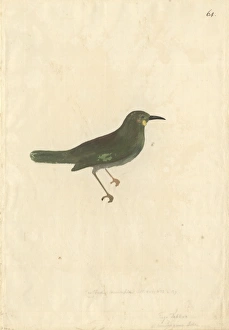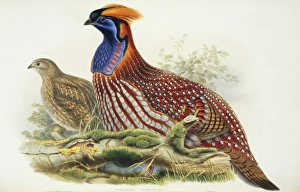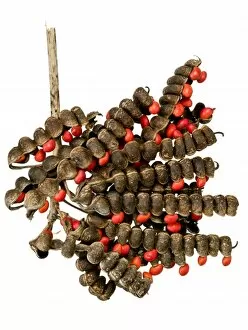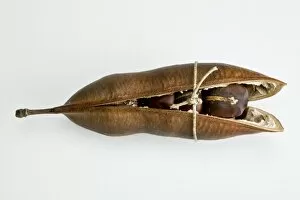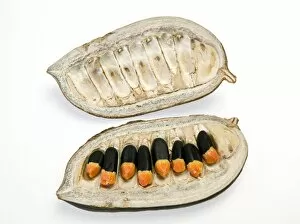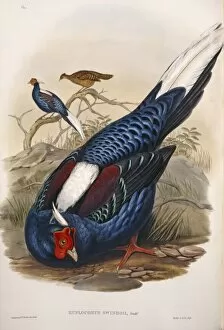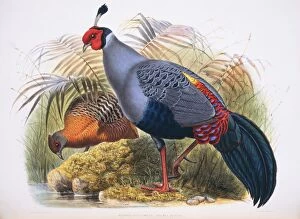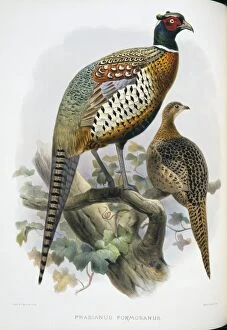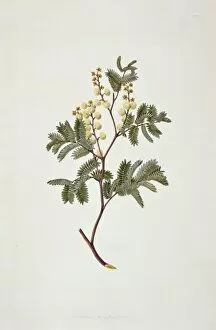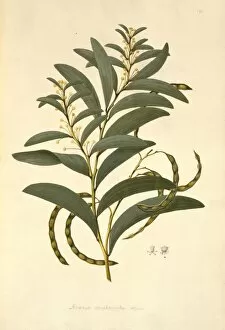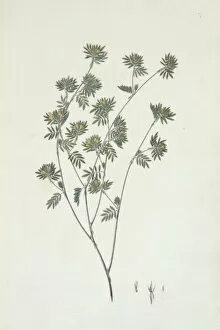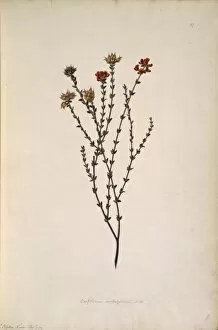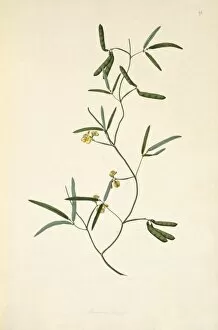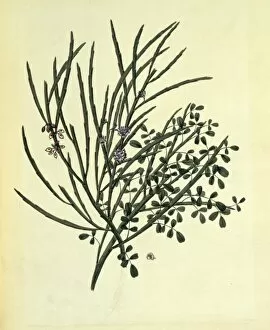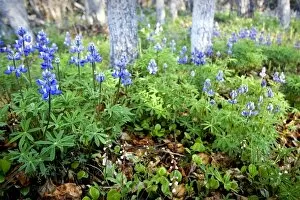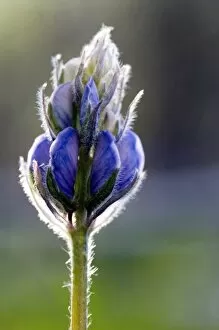Fabales Collection (page 6)
Fabales is an order of flowering plants that encompasses a diverse range of species, each with its own unique characteristics and habitats
All Professionally Made to Order for Quick Shipping
Fabales is an order of flowering plants that encompasses a diverse range of species, each with its own unique characteristics and habitats. From the Emberiza calandra, also known as the corn bunting, which can be found in open farmland across Europe, to the Acacia nilotica, a prickly acacia tree native to Africa and Asia. In the realm of birds, we have the Tragopan melanocephala or western tragopan - a stunning pheasant species adorned with vibrant colors. Another avian marvel is the Gracula religiosa indica, commonly known as lesser hill myna. Its melodious calls echo through forests in India. When it comes to food crops, one cannot overlook Arachide hypogee - better known as peanuts. These legumes are not only delicious but also packed with nutrients. On another note, Trifolium pratensis or clover adds beauty and fertility to meadows worldwide. Nature's artistry shines through in breathtaking scenes like a blue and yellow tanager perched on a branch of flowering Chanar in Calden Forest located in La Pampa region of Patagonia, Argentina. Equally mesmerizing are sand dunes adorned by acacia trees at Sossusvlei UNESCO World Heritage Site in Namibia. Wildflowers bring bursts of color against white backgrounds; among them is Thistle (Cirsium), adding elegance wherever it grows. The Jade vine (Strongylodon macrobotrys) captivates visitors at Kew Gardens in London with its cascading clusters of turquoise flowers. Animals find sustenance amidst these landscapes too – an elephant standing on hind legs reaching for acacia pods while accompanied by Cattle egrets showcases nature's symbiotic relationships. Meanwhile, a lilac-breasted roller stretches its wings gracefully on an acacia branch – truly embodying freedom and grace. Fabales encompasses this rich tapestry of life, connecting plants, animals, and ecosystems across the globe.




